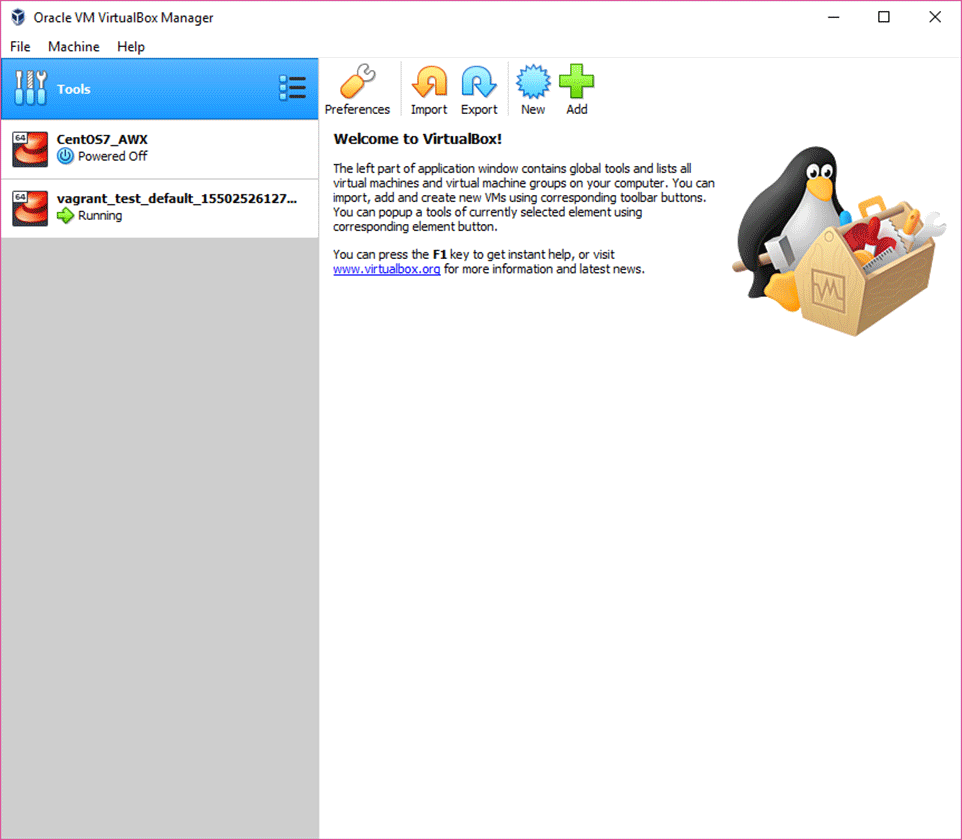


The first line of our distilled version tells Vagrant to use version 2 configuration ( nfigure("2")), and to proceed with iterating through the configuration parameters for the virtual machine ( do |config|) specified in the format config.vm.PARAMETER, where PARAMETER is just a generic placeholder for any of a number of documented machine settings. Any of the other lines, starting with a hash ( #), are considered commments. This is a distillation of the entire default file. This default file Vagrant creates is very well-documented, and worth reading through to get familiar with the various configuration options.įor our purposes here, we are primarily concerned with the following three lines: nfigure("2") do |config| So, when we do an init, like with did with vagrant init ubuntu/bionic64, Vagrant creates this file for us if it does not already exist. It should be simply named “ Vagrantfile” without any file extension.

VagrantfileĮverything Vagrant does centers around this file. And by default it is stored in the current working directory - the directory from which you run vagrant init. But what is that exactly? And where is it stored? The answer is: The Vagrantfile. I mentioned that this creates a basic configuration. If you recall from that previous post, we initialized a VM using Vagrant’s init command. In this post, we’ll cover in a bit more depth how to define virtual machines in Vagrant using a Vagrantfile. In my previous post, I discussed what Vagrant is, some details about getting it installed, and then the structure of a basic Vagrant deployment.


 0 kommentar(er)
0 kommentar(er)
